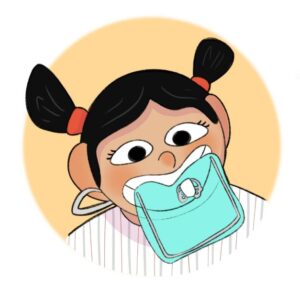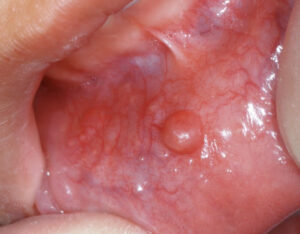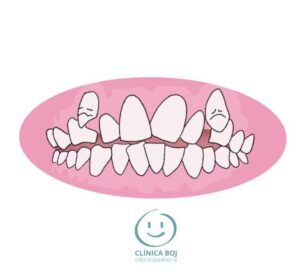Advantages of fluoride in children and young adults
Fluoride and children
The use of fluoride in children’s or young adult’s teeth is essential to maintain proper oral hygiene. Also, it’s use will allow your son or daughter to enjoy a healthy life in adulthood.
Currently, we have heard or read information that fluoride during childhood can be dangerous or toxic to our body. Therefore, doubts arise about whether we can give it to our children in toothpaste or not.
How to use fluoride in children?
Fluoride is a chemical compound, widely used over time, found naturally and added by man in an artificial way.
Without doubt, daily normal products include this compound:
a) dairy products,
b) vegetables,
c) fish,
d) tea,
e) breast milk,
f) toothpaste,
g) drinking water, among others.
In dentistry, fluoride is present in various forms to prevent tooth decay:
a) toothpastes,
b) varnishes,
c) gels,
d) mouthwashes, etc.
Additionally, its use for caries disease control and prevention is the most known and studied.
On one side, the European Academy of Pediatric Dentistry (EAPD) recommends daily use of fluoride as a major part of any caries prevention program. Undoubtedly, this is especially applicable to tooth decay control in children. Both, whether individually or in community centers for disease control.
On the other side, the American Academy of Pediatric Dentistry (AAPD) in the United States confirms that, as an add-on to caries prevention, it is safe and effective. In the United States of America, the Food and Drug Administration (FDA) also approves its use for caries prevention.
What does fluoride do in children?
Despite the great benefits that fluoride brings us in oral health, we must follow the dosages recommended for children. We know, as it happens with any other product, that the abuse of this substance can bring us some problems.
Among them, one of the best known is dental fluorosis which is an anomaly in the formation of the enamel. Young children may develop this disease if they are exposed to high levels of fluoride during the stage of tooth formation. Normally, the disease manifests itself with characteristic stains and small spots on the teeth. But, this can only happen ingesting great amounts during the process of teeth formation.
However, it is necessary to emphasize that fluorosis is a risk only if:
a) the child is allowed to ingest great quantities of the toothpaste,
b) directly from the tube, and
c) this happens during a long period.
Therefore, please do not allow children to:
a) eat or
b) suck on toothpaste from the tube.
This is specially the case at younger ages.
Why is fluoride effective?
The benefits of fluorides for teeth to prevent cavities are:
a) Reduces the prevalence of caries
b) Stops enamel demineralization (outermost part of the tooth)
c) Fluoride treatment stops the early stages of caries
d) Strengthens tooth enamel on children and adults.
Still, for fluoride to be effective and provide all these benefits, the concentration must be greater than 1,000 ppm fluoride ion already with the first baby tooth.
What happens if a baby ingests fluoride?
Also, if children swallow toothpaste in the following amounts when brushing teeth in the morning and evening there is no problem. The recommended amounts of fluoride toothpaste (1450 ppm f) are:
a) for children under 3 years of age, the equivalent of the size of a grain of rice, and
b) a pea sized amount of toothpaste for children between 3 and 6 years of age (or about 0,25 ml.).
The global Pediatric Dentistry community universally endorses these guidelines for utilizing the correct quantity of fluoride toothpaste.
Also, there are other sources of fluoride, which may be necessary when the risk of caries is high. However, these sources will be explained and recommended by the dental specialist according to the case.

When to apply fluoride in children?
For sure, daily use of fluoride toothpaste combined with oral hygiene instructions is recommended for any caries prevention program. Also, other preventive methods are important such as:
a) dietary counseling, and
b) fissure sealants.
To end, we can conclude that the use of fluoride is safe, as long as adults supervise the use and adequate amounts of toothpaste. You should also take into account the recommendations made by the pediatric dentist. These will vary, depending on the case.
References:
1.- Guidelines for the Use of Fluoride (In Spanish) – Protocolo para el uso del flúor en niños. EAPD
2.- Policy on Use of Fluoride, Council on Clinical affairs. Revisión 2018. AAPD.
3.- Fluoride Therapy, Council on Clinical affairs. Revisión 2018. AAPD.








